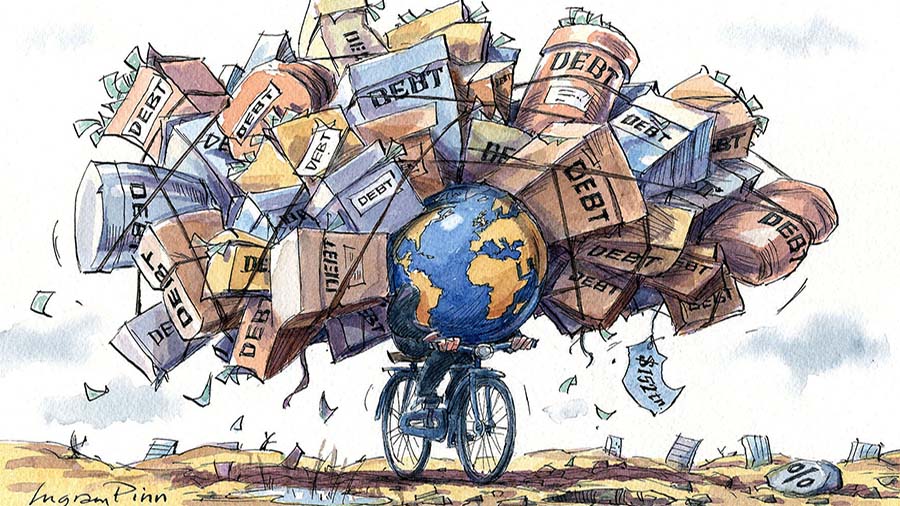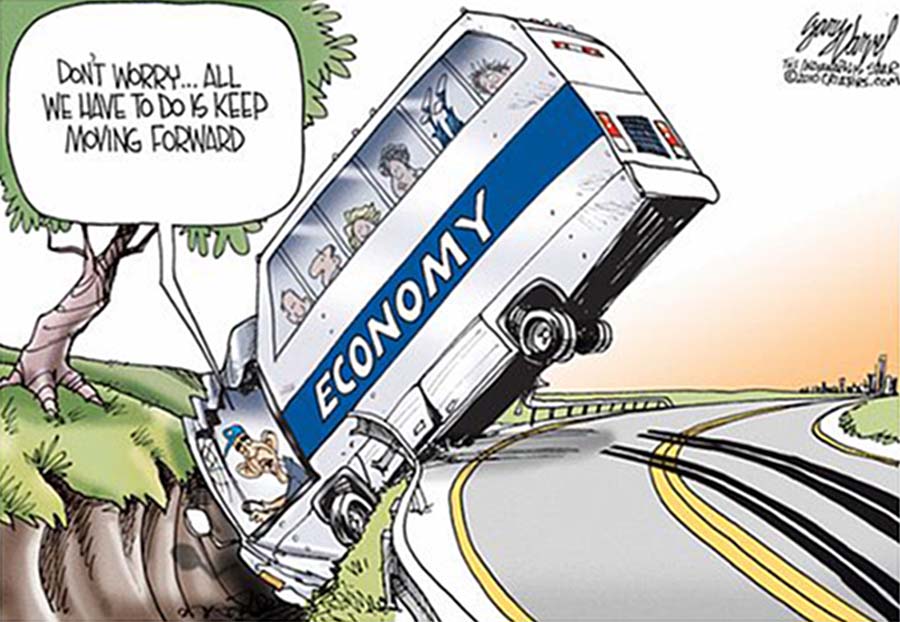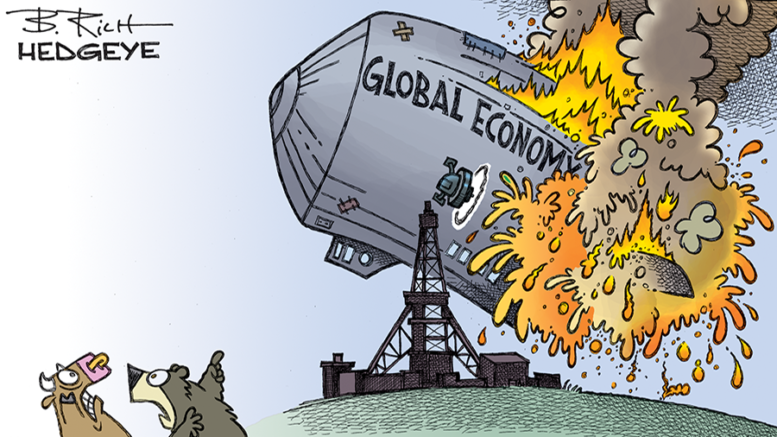Contributed by Joe Montero
Finance ministers of the world’s largest economies known as the G20, came together on 7 April. They did so to talk about the state of the global economy. They did so, under the cloud of the threats continuing instability and a new explosion in global debt. The main decisions were to call on the International Monetary Fund (IMF) to allow nations more drawing rights, and at the same time, extend debt relief for those in greatest trouble.
It is a sign of recognition that everything is not going as well as we’re being told. We hear a lot about a quick recovery. We are supposedly coming out from the economic damage of Covid-19. A quick return to economic prosperity and the creation of jobs is underway.
Reality is not quite like this. The illusion is spread by comparing with the situation during lockdown time. This is an extremely low base, and measured improvements from this point are meaningless. Pretending otherwise might suit politicians looking for good press. It does nothing to prepare us to take on what we face.

The global economy would be in a far worse place were it not for China. It’s success in emerging from Covid-19 is preventing the global economy from going into a tailspin. The expectation is that China will have an 8.4 percent growth in its GDP this year. Another 5.6 percent is expected next year. This will be a major achievement for the nation with a fifth of the world’s population.
The numbers are the estimates made by the International Monetary Fund (IMF).
Behind this though, many countries are in deep trouble. The poorest face the worst prospects. The developed nations of the west also face faltering economies. This is the reason for the G20 decisions on 7 April.
A new debt crisis threatens. Nations are not generating the means to pay their way. They are responding to borrowing, with little prospect of being able to pay this back with foreseeable future.
The United States has historically become dependent on the export of capital and drawing profit form this. It is also the dominant global economy and the main creator of global debt. Much of U.S. debt is held by Japan, which is holding $1145.8 billion. Next comes China, with $1145.8 billion. This is put into proper perspective, when you consider that the rest of the world combined holds only $484.8 billion.
The picture for net U.S. public debt is even starker. $310.8 billion of $551.2 billion is held by China.
Because it is the growing economy, China has the capacity to hold this debt. This helps the American economy stay afloat. China is also sitting on $3.2 trillion of reserves. If this were suddenly unloaded, it would send the U.S. economy down the drain and the global economy with it.
This not likely to happen at any time soon, for it would suit no-one’s interests. This does not preclude different circumstances in the future.
The main threat for the United States, is an under performing domestic economy. It is even more dependent on the export of capital and imports for a higher proportion of its consumer goods. The Balance of Trade is sharply in the negative. The deficit lifted by 18 percent last year and another 9 percent this year.
On the other hand, financial services are seeing a growth, and this means dependency on servicing debt. This is a huge problem when the global economy does not generate the means to pay for it. Global debt reached 320 percent of global GDP at the end of last year.

The decision of the G20 finance ministers amounts to agreeing to share the burden of the United States. They agreed to do this by collectively putting an extra $650 billion into the IMF reserve.
Shortly before the decision was made, the world Bank’s President, David Malpass, publicly stated foreshadowed the agreement to be reached. Refinancing risk was mentioned by the Organization for Economic Cooperation and Development (OECD) in March.
The reality is that the global financing mechanisms are largely controlled by the biggest economy, and its institutions reflect this.
Washington’s strategic response to the looming debt crisis is to export the risk. One way is getting other nations to pay the bill. Another is pressuring China, to deregulate its own economy and financial system. This would allow entry and taking a slice of the economic success there.
Yet another way is to exploit the arrangement of those other economies most tightly integrated into the American one. Nations like Australia, which can be made to absorb more debt. They can be made to loosen their financial systems further, and get the state to divert more resources. These are means to create more favourable conditions for American investment.
According to the Bureau of Economic Analysis, unemployment inside the United States started to rise again this month. This takes the bureau’s measured rate to 14.8 percent of the workforce. Nearly 25 million Americans are depending on health insurance to survive. A massive 9.3 million jobs were lost last year, in what is the biggest job loss since the Great Depression. Most are still out of work. Many of those who have returned are on the current minimum wage of just $7.25 an hour. The national economy shrank by 3.5 percent. Domestic debt stands at $22.5 trillion or 102 percent of GDP.
The best of plans can come unstuck. There is no guarantee that the world will accept the new order. There is already tension with Europe. China is asserting itself, in no mood to buckle, and building its own global alliances.
Although still powerful, the United States is a declining power.
Where does this leave Australia?


Be the first to comment on "G20 nations agree to act on emerging new debt crisis"